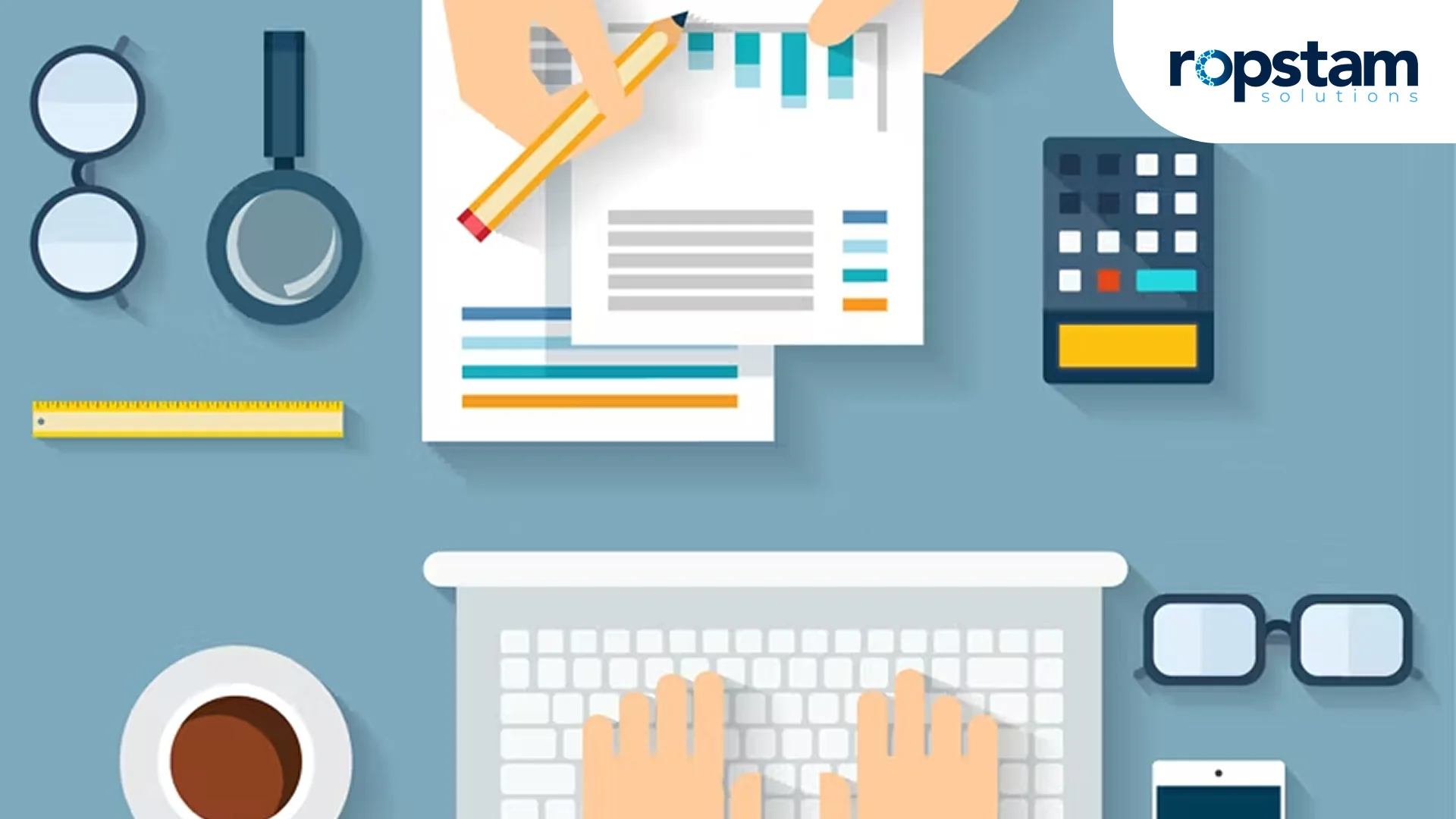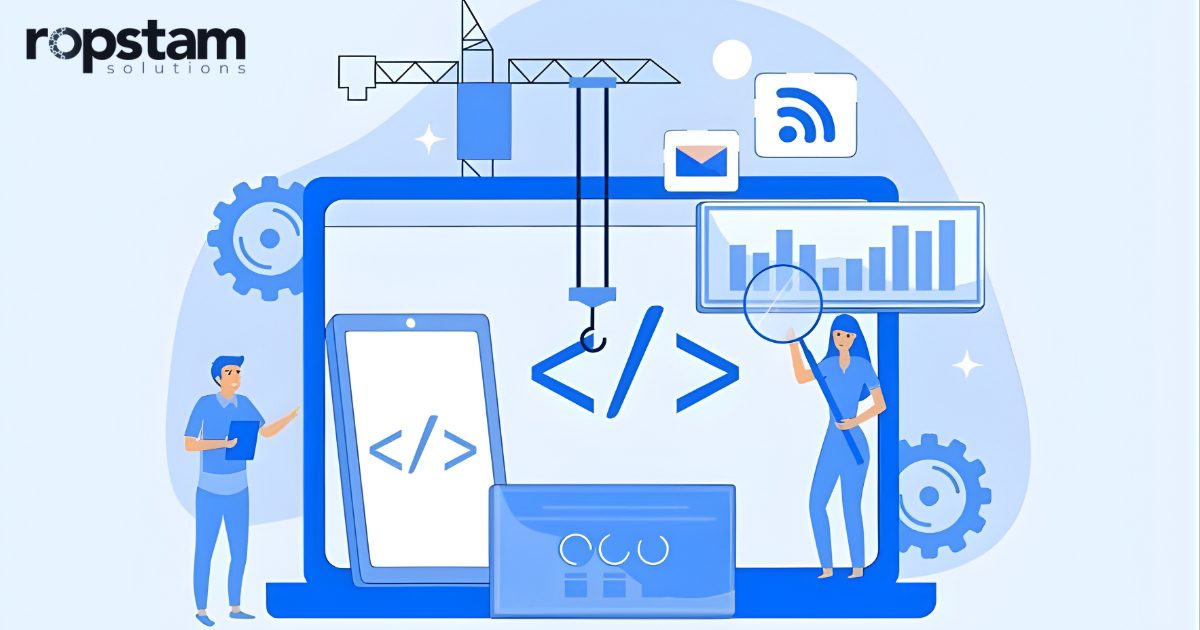Creating user-centric digital experiences has become a non-negotiable priority in the fast-evolving design and development world. To achieve this, two testing methodologies often come into play: User Testing and Usability Testing. While these terms are frequently used interchangeably, they serve distinct purposes. This blog unpacks the differences, advantages, and unique characteristics of these testing strategies to guide you in selecting the best approach for your projects.
What is User Testing?
User Testing is a vital process in product development that focuses on understanding how real users interact with a product, be it a website, application, or software. It involves observing users performing specific tasks and offering insights into their behaviors, needs, and pain points. The primary goal of user testing is to ensure that the product meets the expectations and requirements of its target audience.
Conducting user testing allows businesses to identify usability issues, uncover design flaws, and gauge overall satisfaction. This process typically involves various methodologies, such as moderated or unmoderated sessions, A/B testing, and surveys, allowing teams to refine their product before its final release. Ultimately, user testing ensures that the end product is intuitive and functional and delivers an exceptional user experience.
What is Usability Testing?
Usability testing is a qualitative research method for evaluating the user-friendliness of a product, website, or application by observing real users interacting with it. This process focuses on identifying usability issues, understanding user behavior, and measuring the ease of use in performing specific tasks. Usability testing ensures that the product delivers a seamless and intuitive experience, enabling users to accomplish their goals efficiently and without frustration.
Typically conducted during the design and development phases, usability testing involves test participants representing the target audience. These participants are asked to perform predefined tasks while testers observe and record their actions, comments, and any challenges they encounter. The collected feedback helps teams make informed design improvements, ensuring the product meets user expectations and needs.
By uncovering potential pain points, usability testing fosters the creation of highly accessible and effective products, ultimately enhancing user satisfaction and loyalty.
Key differences: User Testing vs Usability Testing
While User Testing and Usability Testing are often used interchangeably, they are distinct processes with unique goals and methodologies. Both play vital roles in user-centered design but serve different purposes. Here’s an in-depth exploration of the key differences between these two testing methods:
1. Core Objective
- User Testing focuses on understanding whether a product meets its target audience’s needs, expectations, and preferences. It answers broad questions like: Does this product solve the user’s problem? Is it appealing to the audience? The primary aim is to validate the concept and user experience.
- On the other hand, Usability Testing evaluates how effectively users can interact with a product’s features and functionality. The focus is on ensuring the product is intuitive and easy to use. It addresses specific questions like Can users efficiently complete a task? Is navigation logical and efficient?
2. Broad Experience vs. Specific Interaction
- User Testing examines the overall experience with a product, considering everything from emotional engagement to practical utility. It’s a comprehensive assessment that evaluates how well the product aligns with the user’s lifestyle or expectations.
- Usability Testing has a narrower focus, targeting specific user interfaces or design elements. It hones in on aspects like task efficiency, navigation paths, error prevention, and user satisfaction within defined workflows.
3. Approaches to Data Collection
- User Testing employs qualitative methods such as interviews, surveys, focus groups, or A/B testing. These approaches are often exploratory and conducted during the early stages of development to gather broad feedback.
- Usability Testing typically uses observational techniques. Participants are asked to perform predefined tasks while being monitored. Tools like heatmaps, eye-tracking, and think-aloud protocols are commonly used to measure usability metrics.
4. The Role of User Representation
- User Testing requires participants who represent the product’s actual or potential audience. These users provide insights into the product’s overall appeal and whether it aligns with their expectations.
- Usability Testing involves participants that closely match the persona of the end-user. The emphasis is on how well they can navigate and interact with the product, ensuring the functionality works for its intended audience.
5. Strategic Insights vs. Tactical Improvements
- User Testing generates broad insights into user behavior, preferences, and needs. It helps identify areas for improvement in the product concept or strategy, ensuring that the product aligns with the target market.
- Usability Testing delivers detailed feedback on design and functionality. It identifies bottlenecks, confusing workflows, or accessibility challenges, enabling teams to make precise, tactical improvements.
6. When to Use Each Method
- User Testing is often conducted in the early stages of development, such as during ideation or prototyping, to validate the product concept.
- Usability Testing usually occurs later, when the product is more developed, to ensure the interface and functionality meet user expectations.
In short, user Testing is about understanding the “why” behind user preferences and behaviors, while Usability Testing focuses on improving the “how” of user interactions. Both are essential tools for crafting user-centered designs. Leveraging them at the right stages ensures products are functional and intuitive and resonate deeply with their intended audience.
Advantages of User Testing
1. Real User Insights
User testing allows for direct feedback from real users interacting with your product. This insight helps identify how users perceive and engage with the interface, uncovering specific pain points, usability issues, and user behaviors that might otherwise remain hidden. Understanding user perspectives ensures that the product aligns better with their expectations.
2. Enhanced User Experience
Observing users in action offers a deeper understanding of their needs, preferences, and challenges. This knowledge enables designers and developers to make informed adjustments, creating a more seamless and enjoyable user experience. A product with real-world feedback is more likely to meet users’ expectations effectively.
3. Risk Mitigation
User testing early in development allows teams to identify potential flaws or limitations before the product reaches the market. Addressing these issues proactively helps save time, resources, and costs spent on post-launch fixes while protecting the brand’s reputation.
4. Improved Product Fit
Involving users in the testing phase ensures that the product aligns with their real-world needs. This increases the likelihood of adoption and user satisfaction, as the product is tailored to address genuine use cases and solve actual problems its target audience faces.
Advantages of Usability Testing
1. Interface Design
Usability testing focuses on evaluating how efficiently users can navigate and complete tasks within the product. By identifying areas where users struggle or encounter confusion, teams can make precise improvements to streamline the design. This ensures that the product is intuitive and reduces cognitive load for users.
2. Objective Performance Metrics
Unlike subjective feedback, usability testing provides quantifiable data such as task completion rates, error rates, and the time users take to perform specific tasks. These metrics help teams objectively assess the product’s usability and set benchmarks for ongoing improvements, ensuring data is returned for every update.
3. Error Reduction
Usability testing uncovers design flaws and interaction issues that could lead to errors or inefficient user behavior. Addressing these problems before launch minimizes the risk of user frustration and ensures a smoother interaction process. A well-tested product empowers users to achieve their goals without unnecessary hurdles.
4. Higher Satisfaction Rates
A product that is easy to use and intuitive naturally enhances user satisfaction. Usability testing ensures the design resonates with users, improving their overall experience. This leads to higher customer loyalty, positive word-of-mouth, and a more substantial market presence, as satisfied users are likelier to recommend the product to others.
Final Thoughts
User Testing and Usability Testing are essential tools for crafting exceptional user experiences, but their purposes and applications differ significantly. User Testing helps validate ideas and align them with user needs, while Usability Testing focuses on refining the user interface for optimal performance. Combining both strategies creates a comprehensive approach to user-centric design, ensuring your product meets and exceeds user expectations.













